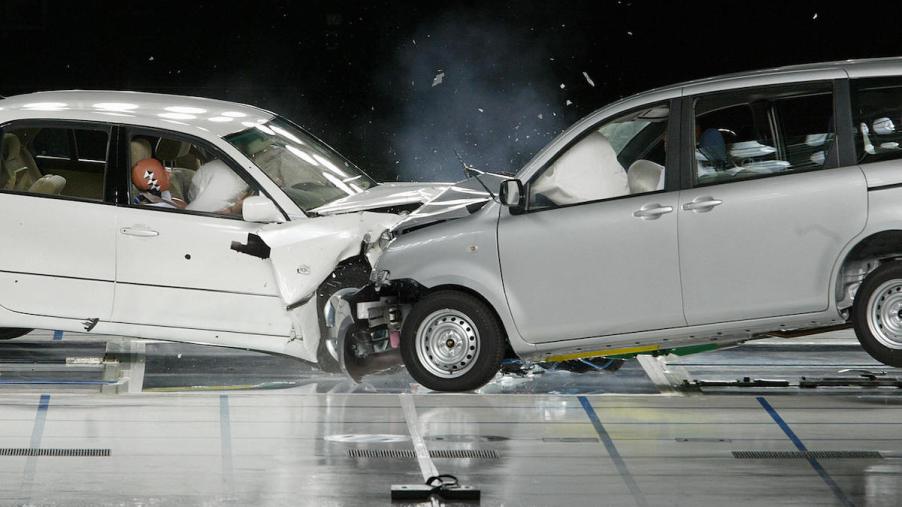
Why Don’t Some Vehicles Have Public Crash Test Ratings?
Those shopping for a family car often place safety ratings very high on their list of priorities when choosing a new car. Though safety ratings include the efficiency of lighting, driver assist features, driver and passenger restraint systems, and braking and handling features, a primary focus of auto safety ratings include crash test ratings, carried out by the NHTSA (National Highway Traffic Safety Administration) or IIHS (Insurance Institute for Highway Safety).
The majority of car, truck and SUV models sold in the U.S. undergo testing from either NHTSA, IIHS, or both of these agencies as a means of ensuring buyers that automakers are providing a safe product. It makes sense that consumers often wonder about the safety of vehicles that do not have a public crash test rating. The crash testing process is more complicated than you might imagine, so not all vehicles undergo this process for a variety of reasons.
Some cars do not post crash test ratings due to low sales volumes
Just to clear things up, the law requires all automobile prototypes to be crash-tested before they can be offered to consumers. All new or updated models are crash-tested within each automaker’s testing facilities before mass production. However, there is no requirement that automakers have to release the test results to the public. There is also no requirement that vehicles must be crash-test rated by one or both of the independent rating organizations, according to Consumer Reports. Consequently, the prototype models of almost 500,000 automobiles sold each year have not undergone either NHTSA or IIHS testing.
Among those not independently tested are sports cars, luxury vehicles, and large vans. This has nothing to with the safety of the vehicles, nor does it mean that automakers are attempting to conceal poor test results. Instead, these autos are not independently tested, because it is difficult to justify the added cost involved with independent testing of these low-volume models.
For example, the Jaguar F-Pace, Land Rover Discovery, and Porsche Macan do not typically undergo crash testing, because a lower volume of these SUVs are produced than are models like the Ford Explorer, Honda CR-V, Nissan Pathfinder, or Dodge Durango.
Along with low volume production, the cost to design some vehicles, like the Bugatti Veyron, is so high that manufacturers cannot afford to destroy two additional models for independent crash testing. In essence, which vehicles are independently crash-tested relates to the available budget in relation to the volume of production units. If this were not the case, many already expensive automobiles would have an astronomical sticker price.
New or redesigned models wait in line to be evaluated
Another reason that a specific model might not have a crash-test rating when you are shopping relates to an enormous backlog of tests. Because approximately 97% of all new vehicles sold are crash-tested by one or both of the independent agencies, new or redesigned models often wait in line for a significant amount of time before they can be evaluated. As a side note, both the expense of independent crash-testing and the wait time for crash testing are among the reasons why introducing new models or major redesigns and upgrades tend to be spaced several years apart.
The absence of public crash-test ratings does not mean the vehicle is unsafe
Published crash-test ratings are among the indicators of the safety of each particular vehicle model. However, they are not the only indicator of the overall safety of a model, because although all vehicles are internally tested, low volume or highly expensive models are usually not subjected to the added costs these expensive tests add to their production.
With high volume and more economic models, the absence of public crash-test ratings does not mean that the vehicle under consideration is unsafe, because it could be waiting in line for independent testing. Consequently, though public crash-test ratings help guide consumers toward the safest models, they are not the only assurance of a vehicles level of safety.


